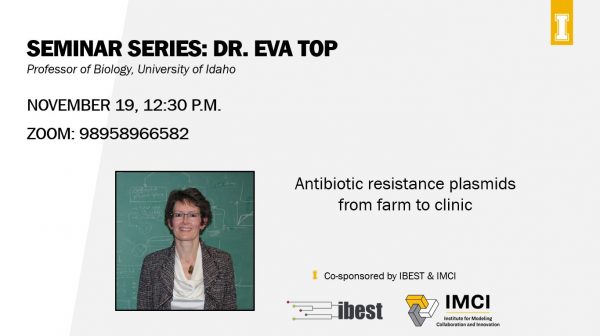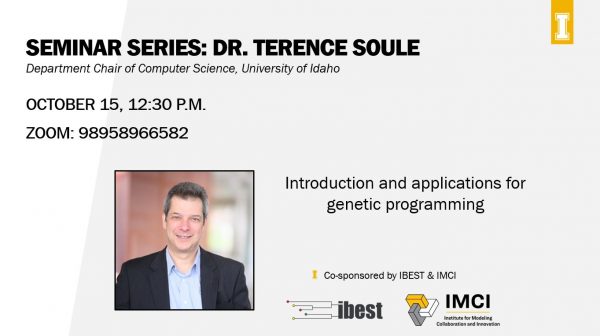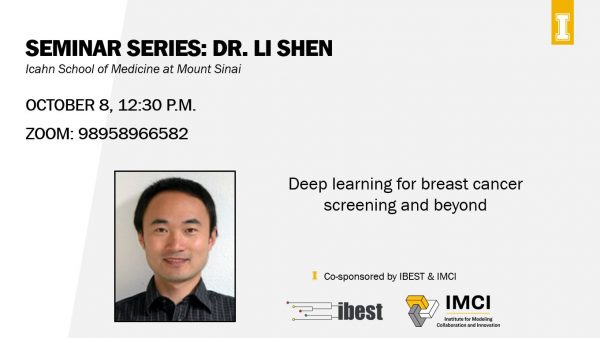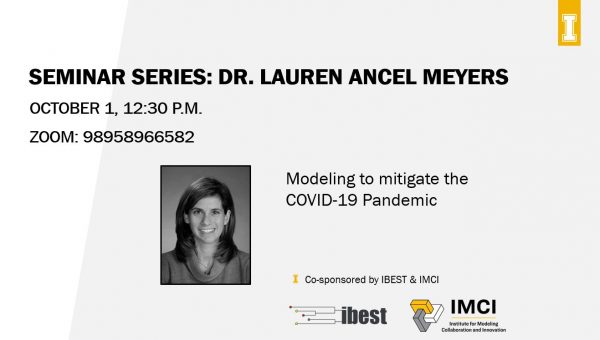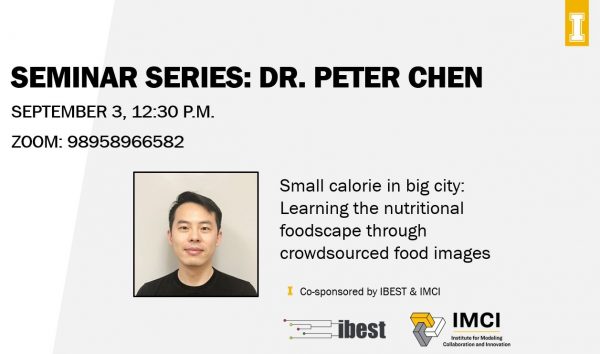Three graduate students and 1 postdoctoral fellow from the University of Idaho are attending the 2020 SACNAS virtual conference this week thanks to IMCI and the Lauren Ancel Meyers Scholarship fund.
Dr. Meyers, a featured Seminar Speaker earlier this semester, is the Cooley Centennial Professor of Integrative Biology and Statistics & Data Sciences at the University of Texas at Austin. She has been a pioneer in the application of computational models to improve outbreak detection, forecasting and control. Professor Meyers leads an interdisciplinary team of scientists, engineers, and public health experts in uncovering the drivers of epidemics and building practical tools for the CDC and other global health agencies to track and mitigate viral threats, including COVID-19, pandemic influenza, Ebola, HIV, and Zika.
SACNAS serves as a broadly inclusive organization dedicated to fostering the success of Chicano/Hispanics and Native Americans, from college students to professional in attaining advanced degrees, careers, and positions of leadership within STEM.
This multidisciplinary and multicultural event includes motivational keynote speakers, student research presentations, cultural celebrations and 1-on-1 mentoring opportunities.
Congratulations to scholarship recipients Travis Seaborn, Chava Castaneda, Breanna Sipley and Kristen Martinet.

